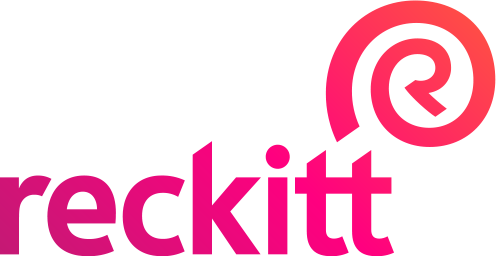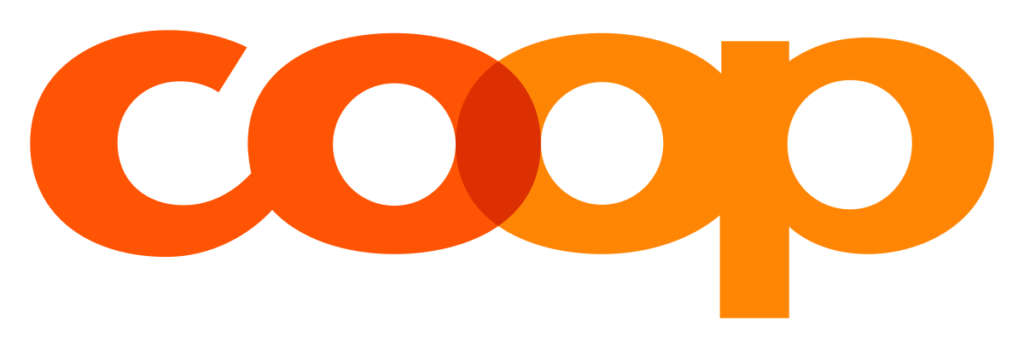Calculation and communication about RUSAL’s Sustainable Aluminum.

Objectives
To produce a robust calculation of its corporate footprint as well as the GHG emissions of its product in order to be able to:
- Set the baseline for targets
- Compare itself with world industry averages
Demonstrate the sustainability advantage of RUSAL’s aluminum (RUSAL produces over 90% of its aluminum using hydro-electric power)

Quantis’ Solutions
- Quantis calculated both the corporate carbon footprint and individual product footprints of RUSAL’s aluminum production
- Quantis developed a brochure illustrating the sustainability advantages of RUSAL’s aluminum, which is the result of the use of hydropower during manufacturing and the sustainable qualities of aluminum in general, including recyclability and durability
- The brochure provides insights on how RUSAL’s aluminum can be used to obtain additional points for three sustainable building certificates: LEED, BREEAM and DGNB
Translating metrics into credible communications
Deliverable
A 16-page brochure (printed & PDF)
Purpose
Present the sustainability benefits of RUSAL’s aluminum, which include:
- Obtaining additional points in certified building project schemes
- The unique benefits of RUSAL, which uses hydropower for most of its operations
Metrics Used
- Results from Life Cycle Assessment of RUSAL aluminum smelters
- Environmental building considerations
Audience
- Customers
- Key corporate stakeholders and partners
- Investors
Calculation and communication about RUSAL’s Sustainable Aluminum

“Quantis’ team and expertise were really impactful in building a strong fact base and translating these results into credible communications. This led to the launch of a new product brand ALLOW, for low CO2 aluminum. With the help of Quantis, we have been able to break new grounds toward the low carbon economy.”
Jérôme Lucaes, Director Marketing & Sustainability
RUSAL
Latest case studies

Case Study
Societe Generale
Societe Generale partnered with Quantis to assess and manage nature impacts, enhance portfolio strategy, and drive sustainable client engagement.

Case Study
Reckitt
Reckitt, with Quantis and CO2 AI, used AI and data to pinpoint and reduce Scope 3 emissions, improving footprint accuracy.

Case Study
Coop Group
Coop Group, with Quantis, created science-based targets and roadmaps, aligning climate strategy across seven business units.
